One of the big problems with the modern blockbuster age is the idea that there is a single template for franchising intellectual property and that any concept can be beaten into that familiar shape.
Last week, it was announced that Universal was investing $400 million in a trilogy of sequels to The Exorcist, an approach that would require the three films to perform more similarly to the Conjuring franchise than to any of the preexisting Exorcist sequels. It’s hard not to recall Warner Bros.’ decision to invest $185M in Blade Runner 2049, a sequel to a movie that grossed $27.5M in its original release. Even factoring impressive home media figures, Blade Runner 2049 was a box office flop.
Part of this approach is based around the idea that every viable intellectual property needs to be sold as a potential tentpole because of the substantial investment involved. As such, it was no surprise when it was announced last week that Dan Trachtenberg’s upcoming Predator movie might be aiming for a PG-13 rating. Of course, as producer John Davis concedes, “it all depends on how you end up cutting it.” Still, it’s a revealing piece of news.
On a superficial level, it’s worth pausing to acknowledge that “how you end up cutting it” probably shouldn’t be the deciding factor on whether a movie is to be marketed as PG-13 or R. The effectiveness of violence and horror doesn’t just depend on the editing, but also in composition like framing and mise en scene. How a director constructs a shot and a scene should be cognizant of what they intend to show. How a director constructs a film depends on the intended audience.
While the edit might be “the last rewrite of the script,” there are limits to how extensively one can fundamentally rewrite the tone and mood of a film while still producing a coherent end result — consider, for example, David Ayer’s Suicide Squad. It helps to have an idea what a movie is intended to be before the footage hits the editing bay. A movie that was intended to rely on gore and brutality that retroactively cuts all of that out is going to seem incomplete when chunks are stripped from it.
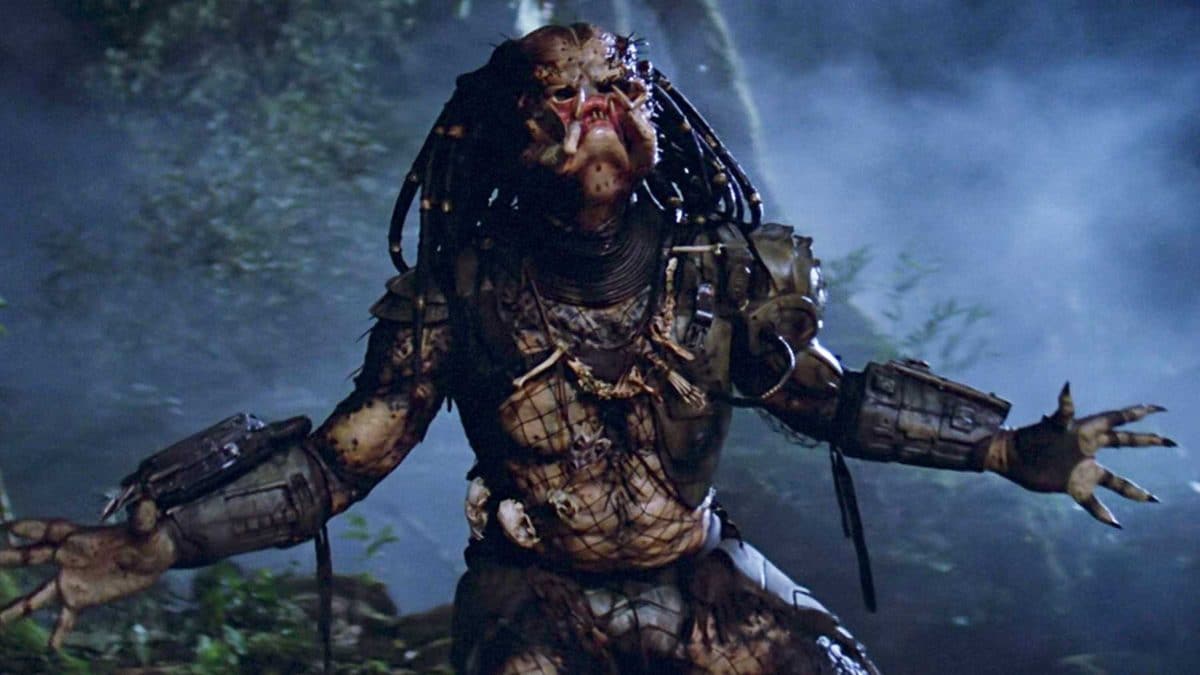
This discussion feels particularly relevant in the context of the Predator franchise, given the issues with the last installment in the franchise. By all accounts, The Predator was a difficult film to make. The film had two editors working on different versions simultaneously, with Harry Miller and Billy Weber cutting the entire movie independently. Miller conceded that “it was not the best way to work,” in what feels like an understatement given the end result.
The challenges on The Predator extended beyond the editing booth. Leaked drafts of the script are radically different from the finished film. Many of these changes happened quite late. “About three-quarters” of the film’s third act were rewritten for reshoots. An entire plot thread focusing on Edward James Olmos “trying to recruit” one of the aliens to fight on behalf of humanity was deleted completely. Action figures were produced for Predators not even implied in the final cut.
To be fair, some of the problems with the movie are baked into the original premise. Most obviously, it seems like The Predator was always going to be a movie that was heavy on lore and mythology, on “world-building” around the monsters. So much of The Predator seems built around the idea of what a modern multimedia franchise should look like, populated with complications and convolutions that might feed sequels, spinoffs, and tie-ins.
The Predator is obsessed with the internal politics of this alien species. The film opens with one Predator ship attacking another. The human characters find themselves trapped within a Predator civil war. There are multiple types of Predator, such as the “Upgrade Predator,” to make it easier to scale the action upwards and to sell action figures. Various Predators speak via subtitles, and some even directly address the human characters, making the monster a lot less alien and menacing.
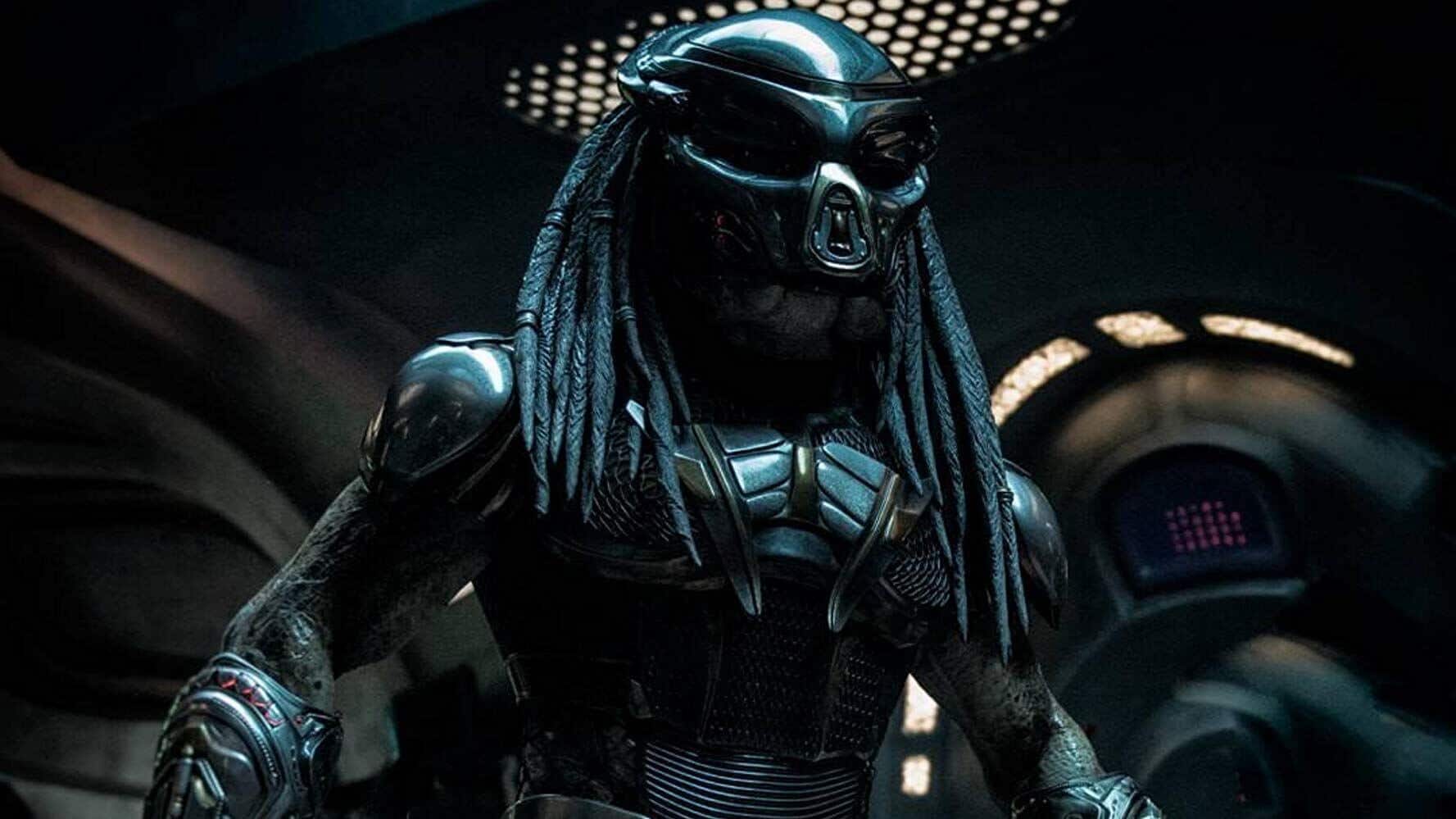
The plot of The Predator is sprawling and epic. The Predators are “trying to snap up all of [humanity’s] best DNA” before climate change renders mankind extinct. The Predators have been harvesting alien biology to give themselves “the Chinese menu of DNA, comprised of the deadliest species.” The movie happens because one Predator planned to give mankind the technology to fight back, leading another to track him down as part of “some kind of interstellar cops and robbers.”
This fits with nothing in any previous Predator film, beyond a few stray lines in Predators. Instead, it feels like Fox was trying to reshape the Predator franchise in a more marketable mold. The Predator was released a year after Alien: Covenant found Ridley Scott’s desire to make a Prometheus sequel wrestling with the studio’s desire for an Alien prequel, and a year before Dark Phoenix parodied the studio’s desire to turn its X-Men franchise into more conventional superhero fare.
The key to this sort of franchise-building is to suggest everything is “part of a bigger universe,” to borrow a quote from Nick Fury’s (Samuel L. Jackson) shared universe-establishing cameo at the end of Iron Man. Everything has to be connected to something else, the stakes need to continually escalate, and the mythology always has to deepen. The Predator is designed to do all these things, regardless of whether any preexisting part of the franchise is designed to support them.
There’s an exhausting cynicism to all of this. There are plenty of in-jokes and references to previous films. The reshoots added more references to previous films in the franchise. These include multiple allusions to Predator 2, a 1990 film set in a dystopian then-future of 1997 that apparently exists in the context of an otherwise recognizable 2018 in The Predator. Fan service probably shouldn’t give the audience headaches trying to work out the temporal mechanics involved.
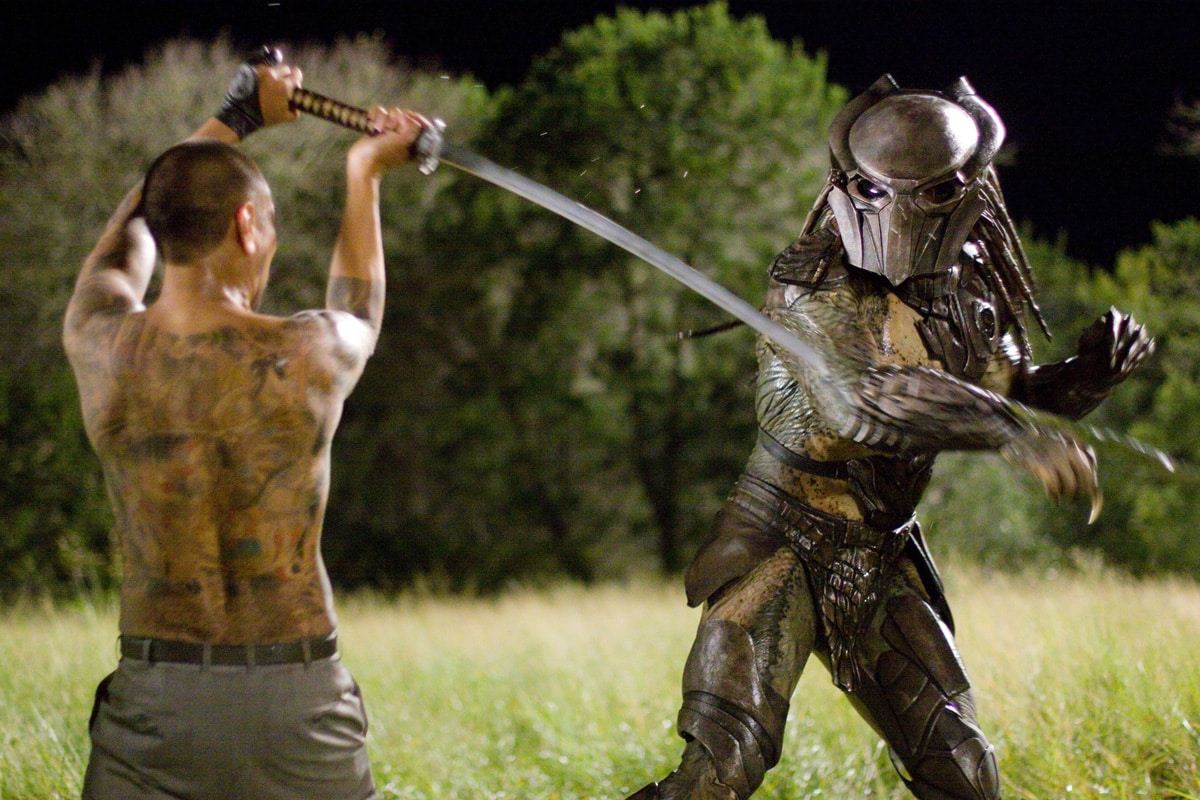
The film’s closing scene feels like a bleak punchline. As is customary with these exercises in intellectual property, The Predator was always going to end in a sequel hook. Originally, Dutch (Arnold Schwarzenegger) from Predator was going to arrive in the final moments to recruit the film’s survivors into a war against the Predators, in what sounds like a direct rip-off of Nick Fury’s role in the aforementioned Iron Man scene.
Schwarzenegger declined the cameo because he “didn’t like it,” but the studio was committed to this sort of franchising. They proposed an ending in which the heroes recovered a pod labeled “Predator Killer,” containing either Ripley (Sigourney Weaver) or Newt (Carrie Henn) from the movie Aliens. Accepting that Weaver might be as difficult to recruit as Schwarzenegger, special effects artist Yuri Everson reported that Breanna Watkins played the role of Ripley under a “breather” mask.
As it stands, The Predator closes on the reveal that the “Predator Killer” is a rather unconvincing set of computer-generated armor, in what feels like another indication of just how obsessed the studio was with ripping off Iron Man. As a result of all this, watching The Predator feels like watching the original concept being brutally contorted, in the hope of forcing it to conform to a template that can support the sort of modern blockbuster franchise that dominates the cinematic landscape.
This is frustrating, as Predator is a movie almost singularly missuited to this sort of manipulation. John McTiernan’s original is a grubby little B-movie creature-feature with an iconic monster and simple premise. It was shot on a $15M budget, about $35M today, and the studio was reportedly “antsy” about spending even that much on the project. Fittingly, the franchise’s best sequel, Nimród Antal’s somewhat underappreciated Predators, clocked in with a budget of $40M.
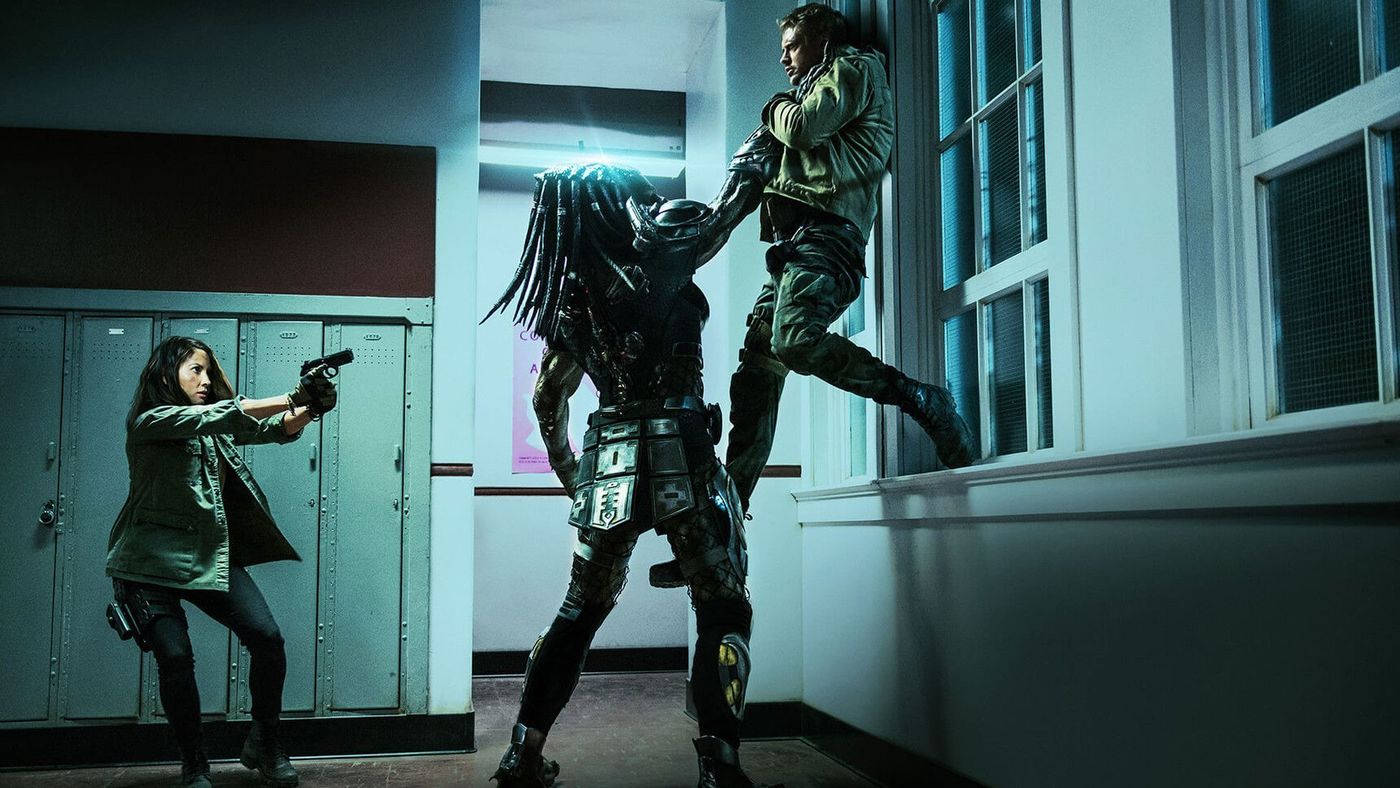
Maybe not all concepts lend themselves to ruthless and cynical franchising. The Alien franchise was rich and vibrant enough that it could reinvent itself between sequels, but the Predator franchise is more straightforward. It might benefit from the cheap-and-cheerful old-fashioned way of making horror sequels, dropping the familiar creature into a new setting in each film. Settings suggest themselves: the Old West, a pirate island, the International Space Station.
It’s one of the big problems of the modern cinematic landscape that a movie like Predators isn’t enough for a major studio. The film earned $127M on that $40M budget. Applying the “rule of thumb” that a movie needs to earn about twice its budget before turning a profit, Predators made about $50M for Fox. That’s not enough to justify the investment. For example, Prometheus returned considerably more profit in absolute terms (about $150M) by earning $402M on a $125M budget.
It doesn’t help that the years since have demonstrated that medium-to-low-budget movies are risky gambits. In the years around the release of The Predator, Fox suffered some embarrassing flops from well-received mid-budget thrillers like Widows ($40M) and Bad Times at the El Royale ($32M). Ironically then, The Predator was doomed by the studio’s need to scale upwards. Earning $159M on an $88M budget, it seems unlikely that The Predator turned any profit for the studio.
Potential issues with an edit for the PG-13 rating aside, there are promising signs for Trachtenberg’s new Predator film. While no budget has been revealed, that it was developed in secret under the codename Skulls suggests that it is not intended as a high-profile franchise relaunch. Trachtenberg is reportedly three quarters of the way through filming, suggesting a lean and efficient production. Rumors that it is set in pre-colonial North America suggest an interesting new angle on the concept.
If the Predator franchise is as obsessed with evolution and development as The Predator suggests that the eponymous aliens are, then hopefully the upcoming film might learn that bigger is not always better. There is something to be said for a leaner and hopefully meaner Predator.

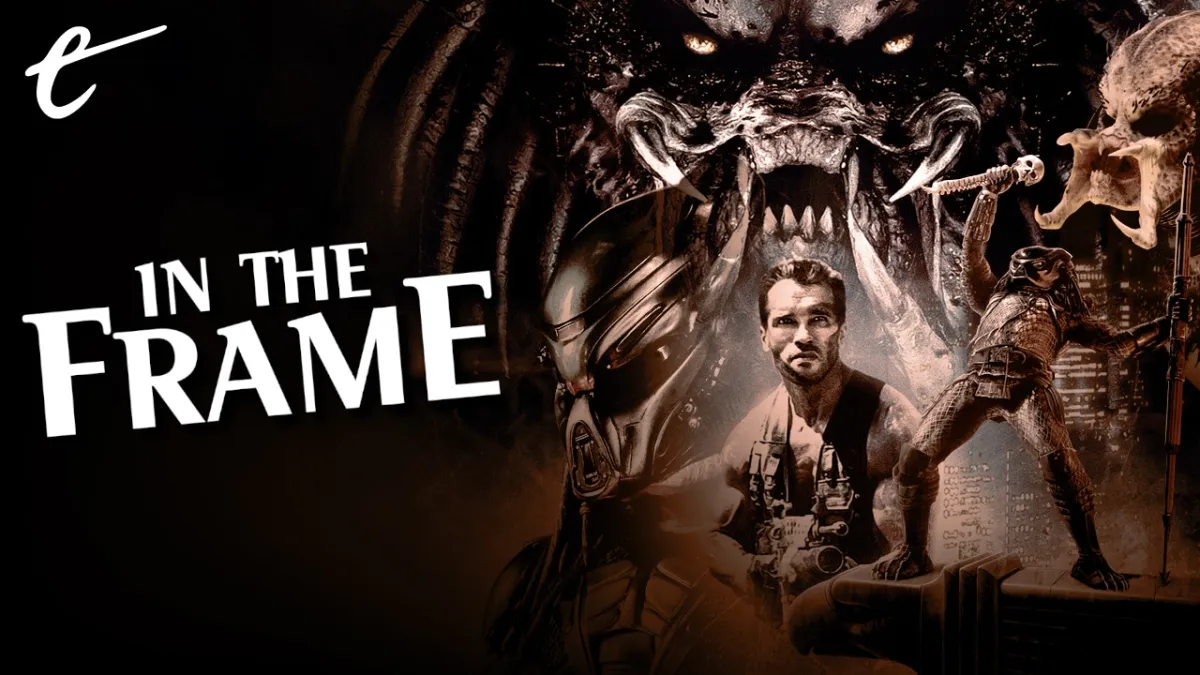




Published: Aug 2, 2021 11:00 am